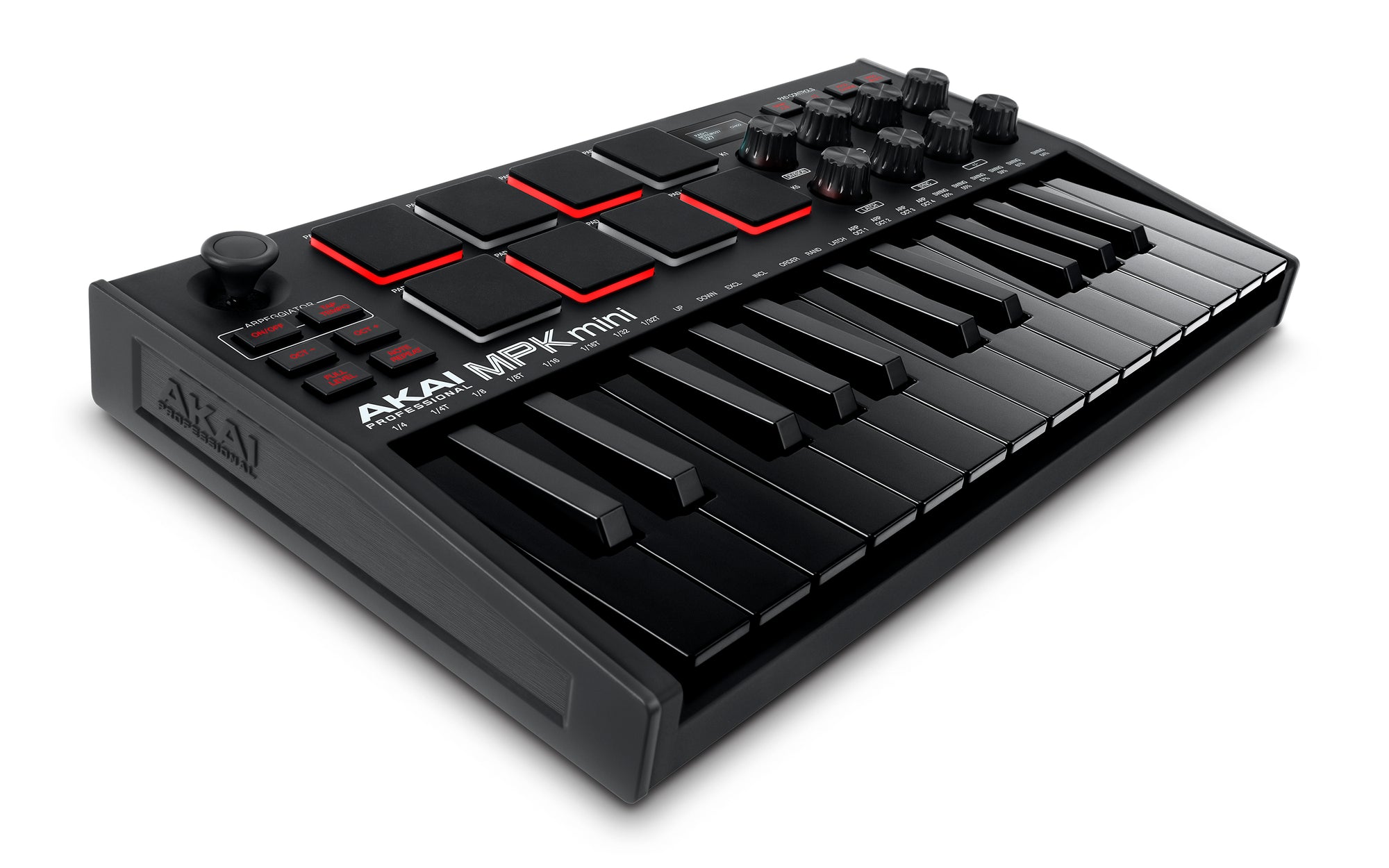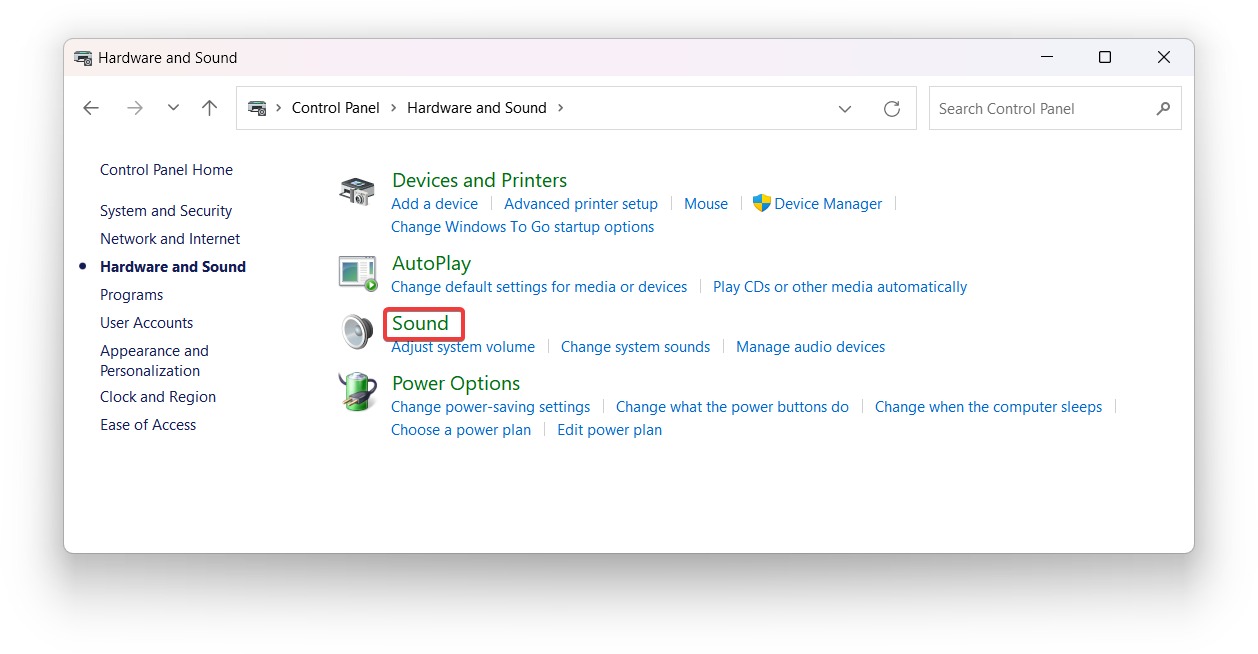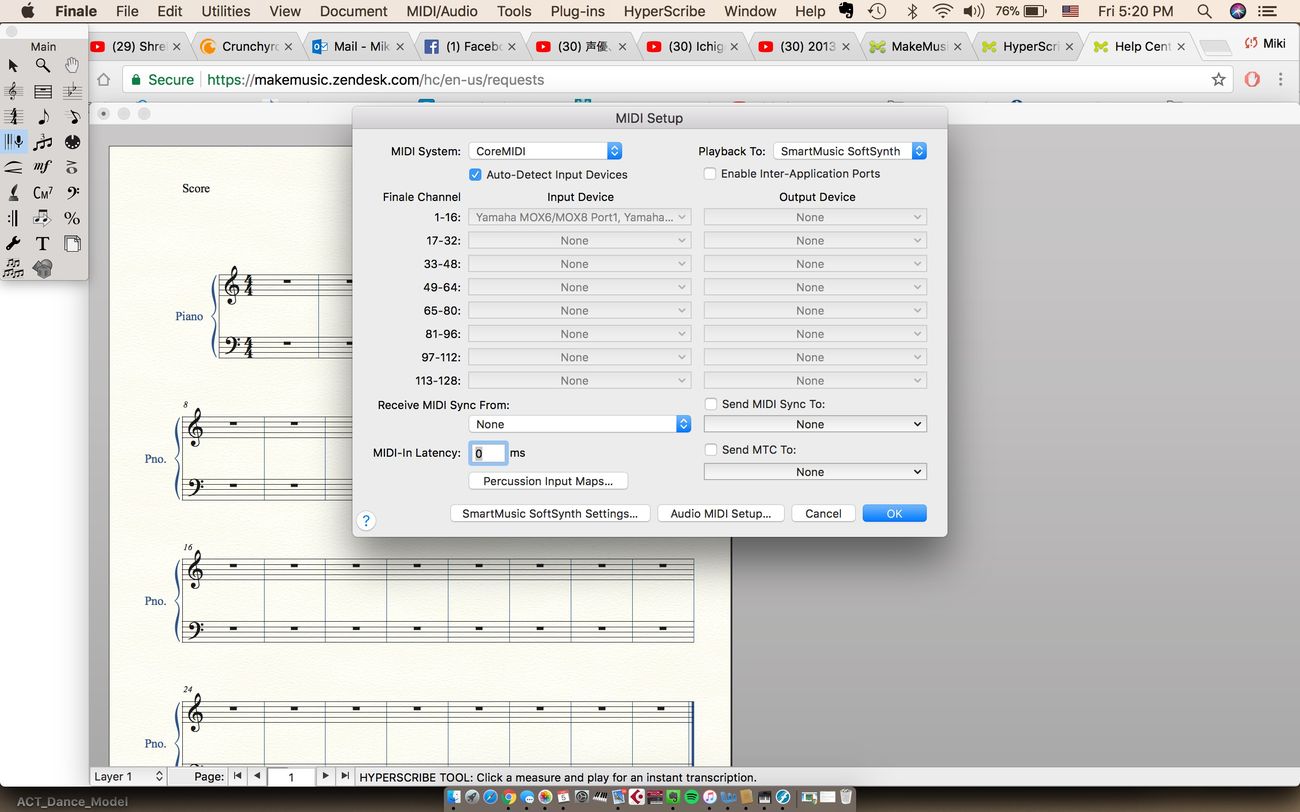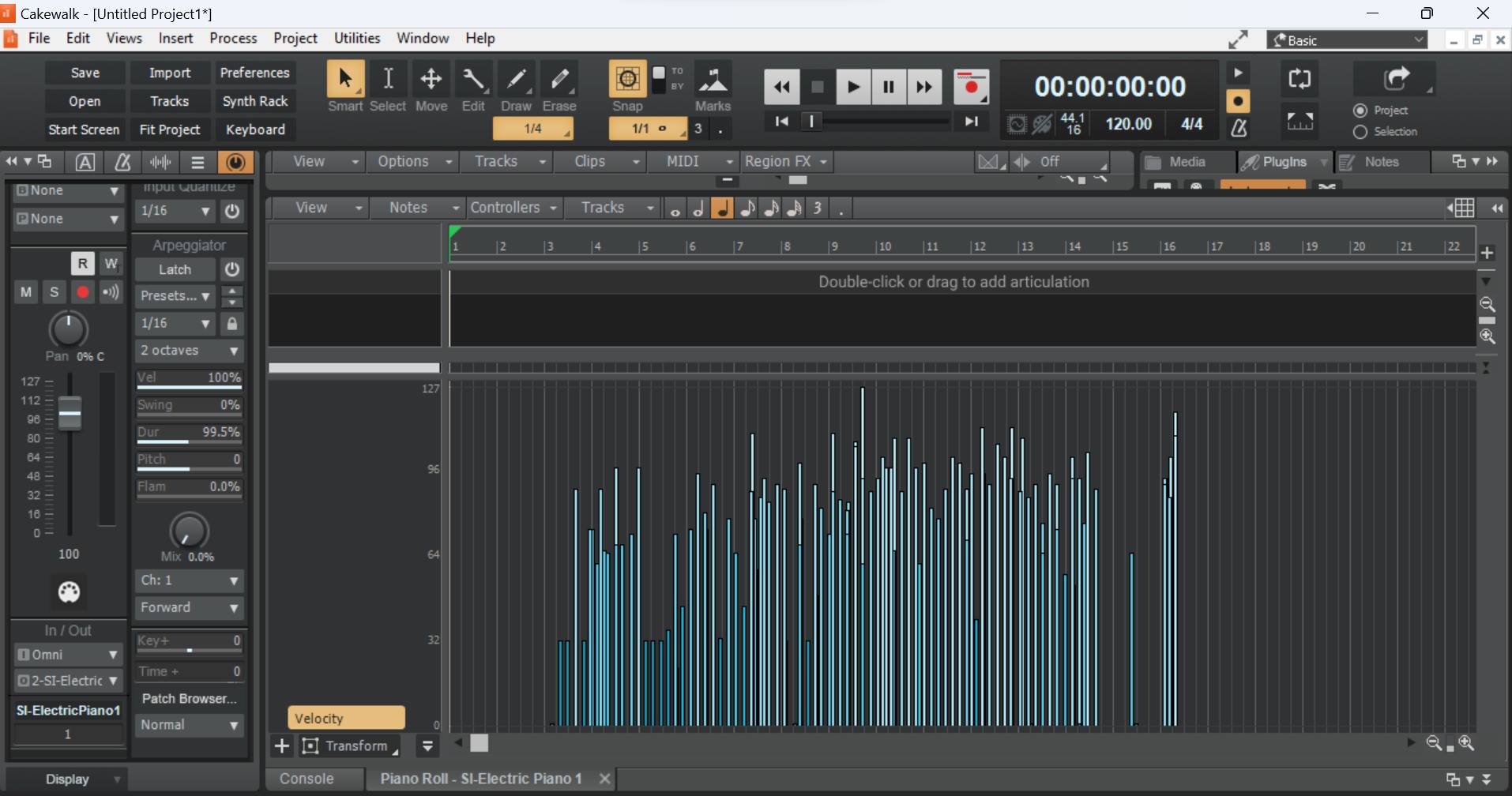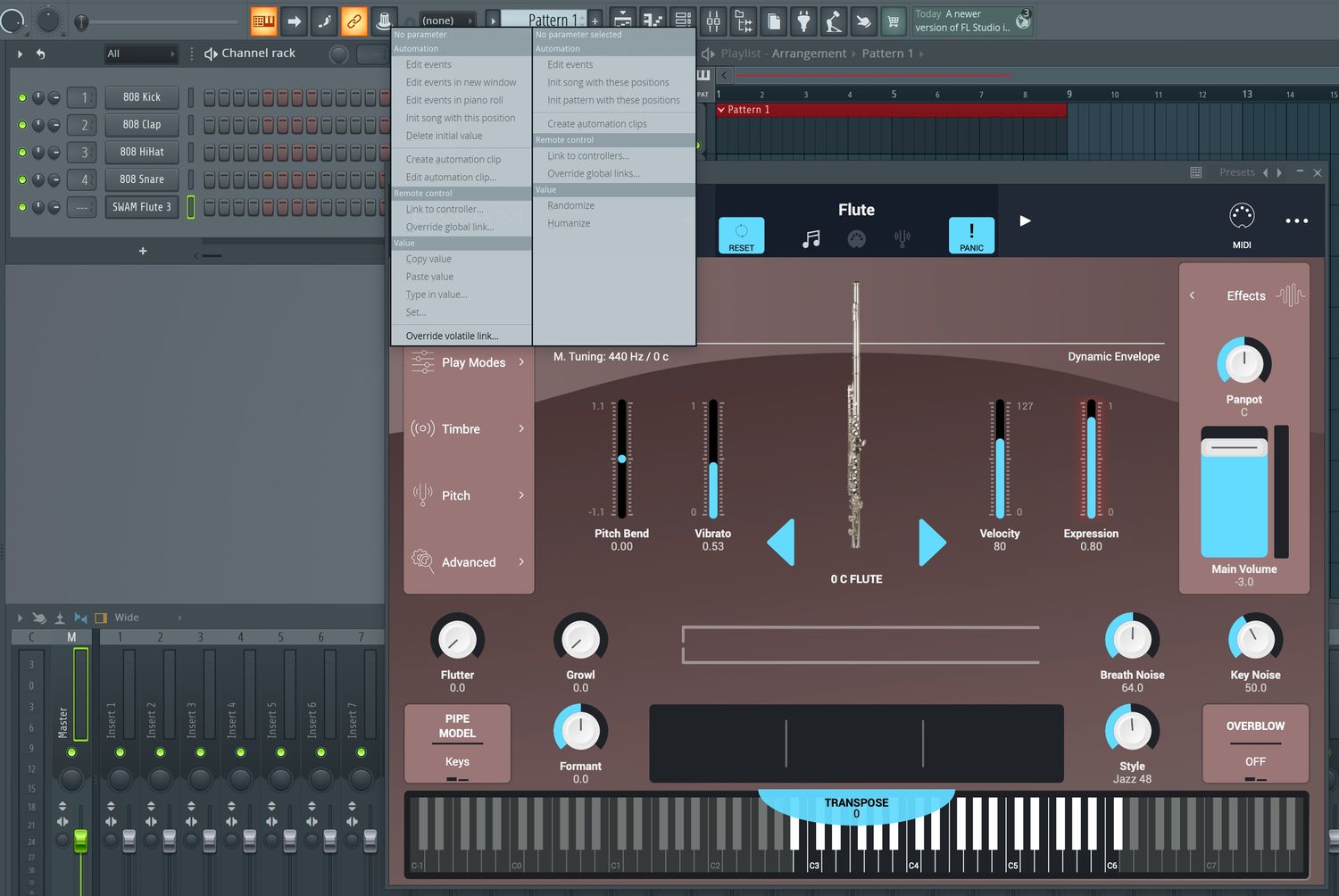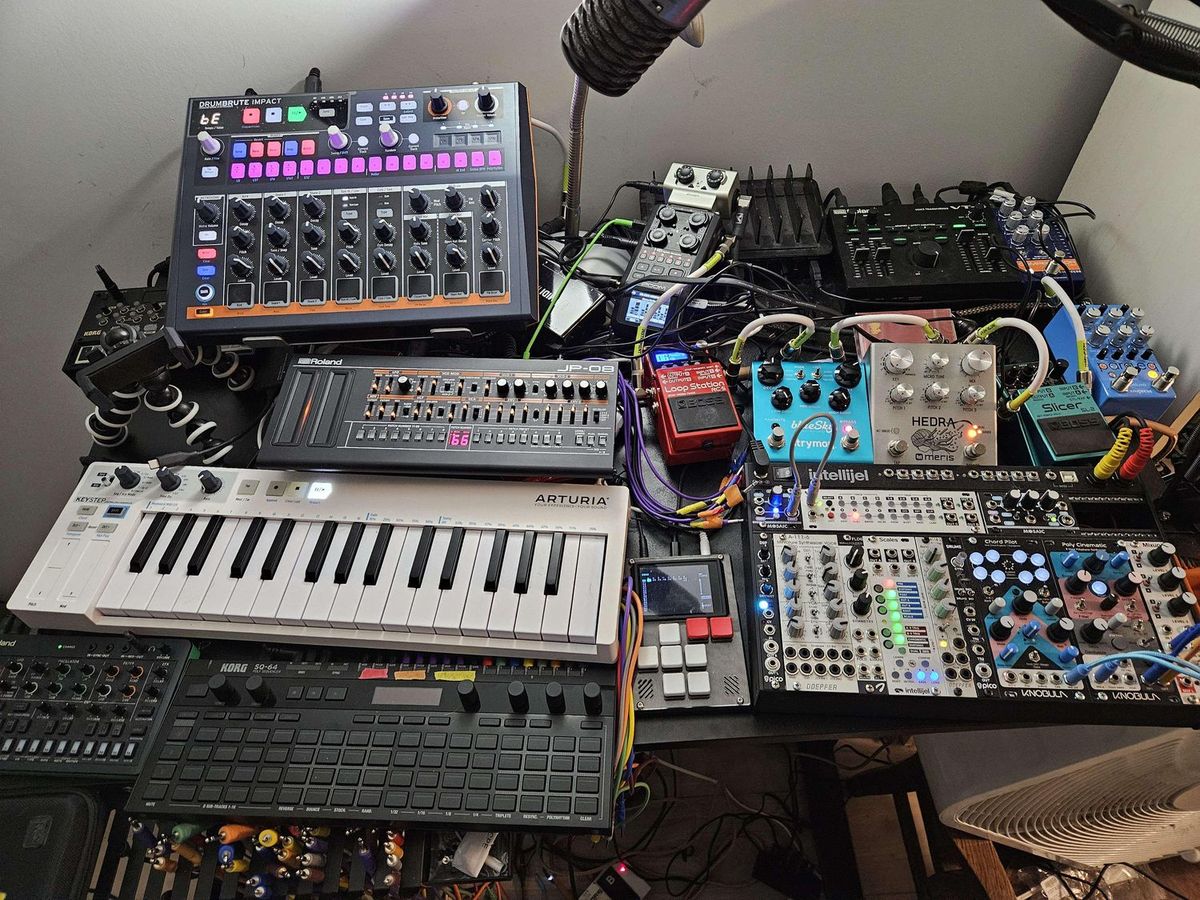Home>Production & Technology>MIDI>How To Use Android As MIDI Device
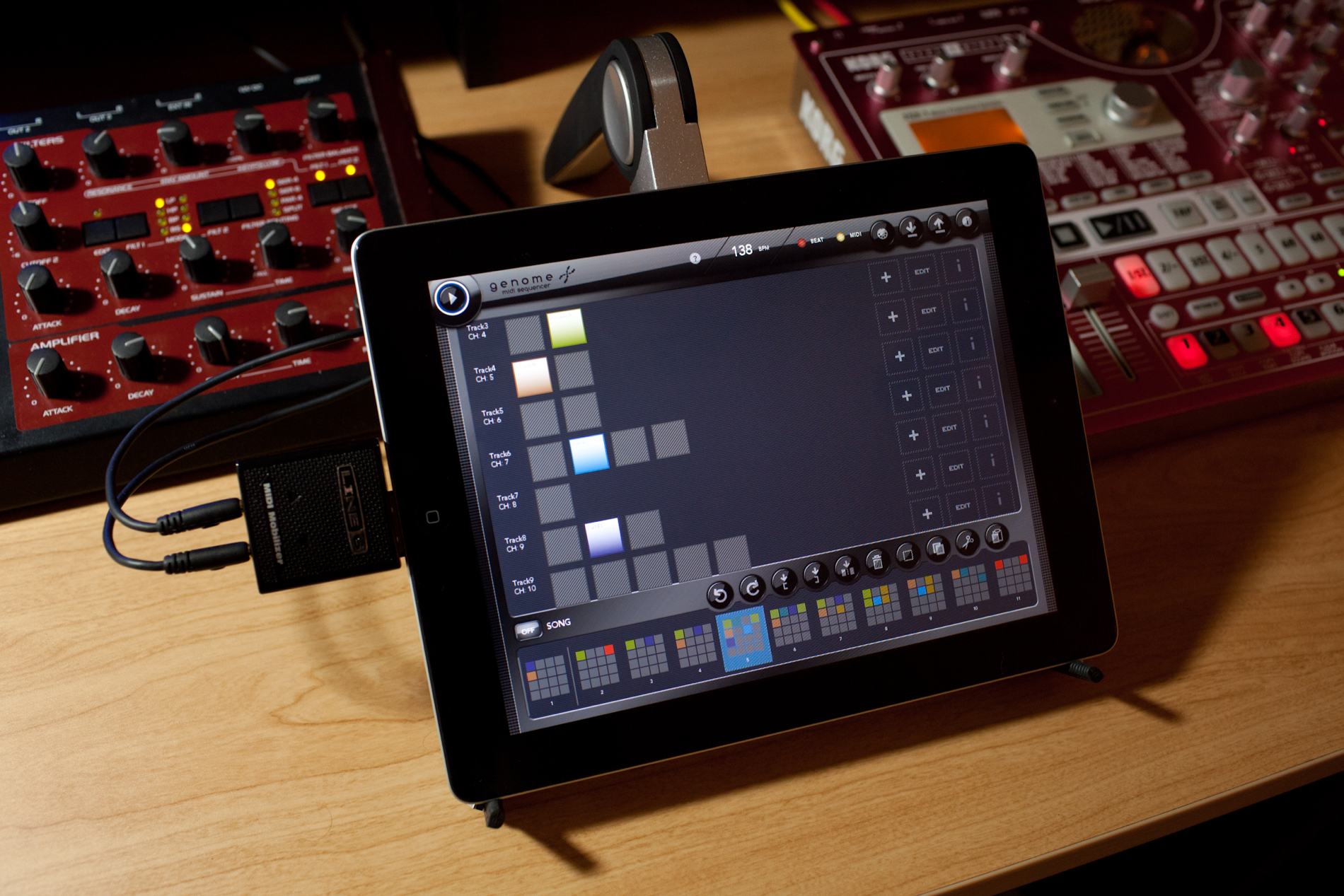

MIDI
How To Use Android As MIDI Device
Published: February 22, 2024
Learn how to use your Android device as a MIDI controller and unlock its full potential for music production. Connect, control, and create with ease.
(Many of the links in this article redirect to a specific reviewed product. Your purchase of these products through affiliate links helps to generate commission for AudioLover.com, at no extra cost. Learn more)
Table of Contents
Introduction
In the realm of music production and performance, MIDI (Musical Instrument Digital Interface) technology serves as a cornerstone for connecting various musical instruments and devices. MIDI allows for seamless communication between electronic instruments, computers, and other hardware, enabling musicians and producers to create, manipulate, and perform music with unparalleled flexibility.
The advent of smartphones, particularly Android devices, has revolutionized the way musicians interact with MIDI technology. With the right tools and applications, an Android device can be transformed into a versatile MIDI device, capable of serving as a MIDI controller, synthesizer, or even a full-fledged MIDI production hub.
In this article, we will delve into the exciting possibilities of using an Android device as a MIDI device. From setting up the necessary software to exploring the myriad of creative applications, we will uncover the potential of harnessing the power of Android for MIDI-related tasks.
As we embark on this journey, it's important to note that the integration of Android into the MIDI ecosystem opens up a world of opportunities for musicians, producers, and enthusiasts alike. Whether you're a seasoned professional or an aspiring artist, the fusion of Android and MIDI technology promises to expand your creative horizons and redefine your musical experience.
Stay tuned as we unravel the intricacies of leveraging Android as a MIDI device, unlocking a realm of musical possibilities that were once confined to traditional hardware and software setups. Let's dive into the fascinating intersection of modern technology and timeless musical expression, as we explore the boundless potential of using Android as a MIDI device.
Setting up Android as MIDI Device
To embark on the journey of utilizing an Android device as a MIDI powerhouse, the initial step involves setting up the necessary software and configurations to seamlessly integrate the device into the MIDI ecosystem. This process, while intricate, paves the way for a myriad of creative possibilities, transforming the Android device into a versatile MIDI controller, synthesizer, or production tool.
Installing MIDI-Compatible Apps
The first pivotal step in setting up an Android device as a MIDI device is to install MIDI-compatible applications from the Google Play Store. These apps serve as the gateway to harnessing the device's potential for MIDI-related tasks, offering a diverse range of functionalities such as MIDI controller emulation, synthesizer capabilities, and MIDI file playback.
Connecting via USB or Bluetooth
Once the requisite apps are installed, the next phase involves establishing a connection between the Android device and the target MIDI hardware or software. This connection can be facilitated through USB or Bluetooth, depending on the compatibility of the MIDI equipment and the Android device. For USB connectivity, an OTG (On-The-Go) adapter may be required to link the Android device with MIDI controllers, keyboards, or audio interfaces. Alternatively, Bluetooth connectivity enables wireless communication with MIDI-compatible devices, providing a convenient and cable-free setup.
Configuring MIDI Settings
After establishing the physical connection, configuring the MIDI settings within the installed applications is vital to ensure seamless communication and functionality. This involves specifying the input and output MIDI channels, selecting the appropriate MIDI mapping for controllers, and calibrating the device's response to MIDI data. Furthermore, adjusting latency settings and MIDI buffer sizes can optimize the performance of the Android device in handling MIDI data, minimizing delays and enhancing real-time responsiveness.
Testing and Calibration
Upon completing the setup and configuration process, thorough testing and calibration are imperative to validate the functionality and performance of the Android device as a MIDI device. This involves verifying the responsiveness of MIDI controllers, evaluating the accuracy of MIDI note input, and assessing the stability of MIDI communication. Additionally, testing the MIDI throughput and latency can uncover any potential issues and facilitate fine-tuning for optimal performance.
By meticulously navigating through the setup process and diligently configuring the Android device, it can seamlessly transition into a robust MIDI platform, ready to unleash its potential in diverse musical contexts. With the groundwork laid for integrating Android into the MIDI landscape, the stage is set to explore the expansive capabilities and creative avenues offered by utilizing Android as a MIDI device.
Using Android as MIDI Controller
Harnessing the power of an Android device as a MIDI controller opens up a realm of creative possibilities, empowering musicians and producers with a versatile tool for manipulating and shaping musical performances and productions. With the aid of specialized applications and a well-configured setup, an Android device can seamlessly transition into a dynamic MIDI controller, offering a wide array of functionalities tailored to cater to diverse musical needs.
Emulating Physical MIDI Controllers
One of the primary roles of an Android device as a MIDI controller is to emulate the functionality of traditional physical MIDI controllers, such as MIDI keyboards, drum pads, and fader banks. Through the utilization of specialized apps, the touchscreen interface of the Android device transforms into a responsive and customizable control surface, capable of triggering MIDI notes, adjusting parameters, and modulating sound in real time. This emulation extends the flexibility of MIDI control, allowing for intuitive and expressive interaction with virtual instruments and software synthesizers.
Customizable Control Surfaces
The inherent adaptability of an Android device as a MIDI controller is exemplified through the ability to create and customize control surfaces tailored to specific musical workflows and preferences. From designing custom MIDI keyboards with user-defined scales and layouts to crafting intricate drum pad configurations with personalized sensitivity and response settings, the Android device serves as a blank canvas for constructing intuitive and ergonomic control interfaces. This level of customization empowers musicians and producers to mold their MIDI controllers to suit their unique playing styles and creative visions, fostering a deeply personalized musical experience.
Integration with DAWs and Performance Software
In the context of digital audio workstations (DAWs) and live performance setups, the integration of an Android device as a MIDI controller seamlessly bridges the gap between tactile control and digital manipulation. By interfacing with popular DAWs and performance software, the Android device becomes a versatile command center, facilitating hands-on control over virtual instruments, mixer parameters, and effect settings. This integration fosters a fluid and immersive music-making environment, where the boundaries between physical interaction and digital expression blur, enabling artists to unleash their creativity with unprecedented spontaneity and precision.
Expanding Creative Expression
The utilization of an Android device as a MIDI controller transcends the confines of traditional hardware, offering a dynamic platform for expanding creative expression and pushing the boundaries of musical performance. With the ability to map touchscreen gestures, accelerometer data, and multi-touch input to MIDI commands, the Android device empowers artists to explore unconventional avenues of musical expression, infusing performances with nuanced gestures and expressive movements. This fusion of technology and artistry redefines the concept of MIDI control, elevating it to a realm where innovation and creativity converge, inspiring new forms of musical expression and interaction.
In essence, leveraging an Android device as a MIDI controller transcends the notion of conventional control surfaces, ushering in a new era of interactive musical exploration. By embracing the boundless potential of the Android platform, musicians and producers can embark on a transformative journey of creative discovery, where the seamless integration of technology and artistry unlocks a universe of expressive possibilities.
Using Android as MIDI Synthesizer
Transforming an Android device into a MIDI synthesizer heralds a paradigm shift in the realm of music creation and performance. With the aid of cutting-edge applications and the innate capabilities of the Android platform, the device seamlessly evolves into a powerful and versatile MIDI synthesizer, capable of producing a diverse array of sounds and textures to enrich musical compositions and performances.
Vast Sound Palette
The integration of an Android device as a MIDI synthesizer unlocks a vast sound palette, encompassing an extensive range of virtual instruments, synthesizer emulations, and sound modules. Through specialized MIDI-compatible apps, the Android device transcends its conventional role, morphing into a dynamic sound generation platform that caters to diverse musical genres and sonic landscapes. From classic analog synthesizer tones to futuristic digital textures, the MIDI synthesizer capabilities of the Android device offer a boundless canvas for sonic exploration and experimentation.
Polyphonic Expression
Embracing the Android device as a MIDI synthesizer empowers musicians and producers with polyphonic expression, enabling the creation of rich and layered musical arrangements. The device's touchscreen interface becomes an intuitive playground for triggering multiple notes and chords, harnessing the flexibility of polyphony to craft intricate melodies, harmonies, and textures. This polyphonic prowess transcends the confines of traditional hardware synthesizers, offering a seamless and responsive platform for capturing the nuances of musical expression with unprecedented depth and versatility.
Modulation and Control
The Android device, when utilized as a MIDI synthesizer, emerges as a hub for modulation and control, facilitating the manipulation of sound parameters and timbral characteristics with precision and finesse. Through the seamless integration of MIDI control surfaces and touch-sensitive interfaces, the device empowers artists to sculpt and shape sounds in real time, modulating parameters such as oscillators, filters, envelopes, and effects with fluidity and expressiveness. This level of dynamic control engenders a deeply immersive and interactive synthesis experience, where artists can breathe life into their sonic creations with unparalleled dexterity and artistry.
Performance and Composition
In the context of live performance and studio composition, the Android device, functioning as a MIDI synthesizer, blurs the boundaries between traditional instrumentation and digital synthesis. By interfacing with MIDI-compatible software and hardware, the device becomes a versatile sonic arsenal, capable of delivering captivating performances and inspiring compositional journeys. The fusion of expressive touch control, polyphonic capabilities, and expansive sound libraries positions the Android device as a formidable ally for musicians and producers, empowering them to craft evocative soundscapes and dynamic musical narratives with effortless fluidity and boundless creativity.
In essence, harnessing the Android device as a MIDI synthesizer transcends the conventional paradigms of sound generation, ushering in a new era of sonic exploration and artistic expression. By embracing the fusion of technology and musicality, musicians and producers can embark on a transformative journey, where the Android device emerges as a catalyst for boundless creativity and sonic innovation, redefining the very essence of MIDI synthesis.
Conclusion
In conclusion, the fusion of Android technology with the intricate realm of MIDI opens up a world of boundless creative potential for musicians, producers, and enthusiasts. By harnessing the power of Android as a MIDI device, individuals can transcend the confines of traditional hardware and software setups, unlocking a universe of expressive possibilities and innovative musical exploration.
The journey of utilizing Android as a MIDI device begins with the meticulous setup and configuration process, where the installation of MIDI-compatible apps and the establishment of seamless connections pave the way for a transformative integration. Whether it's leveraging the Android device as a MIDI controller or harnessing its synthesizer capabilities, the versatility and adaptability of the platform redefine the landscape of musical interaction and creation.
As a MIDI controller, the Android device transcends the limitations of traditional hardware, offering customizable control surfaces, seamless integration with DAWs, and a platform for expanding creative expression. This evolution of the Android device into a dynamic MIDI controller empowers musicians and producers with unparalleled flexibility and innovation, reshaping the paradigms of MIDI control and performance.
Similarly, the transformation of Android into a MIDI synthesizer heralds a new era of sonic exploration, where the device becomes a canvas for crafting diverse soundscapes and expressive textures. The polyphonic expression, modulation capabilities, and expansive sound palette afforded by the Android platform redefine the essence of MIDI synthesis, enabling artists to weave intricate sonic narratives and captivate audiences with evocative compositions.
In essence, the convergence of Android and MIDI technology transcends the boundaries of conventional musical expression, ushering in a renaissance of creativity and innovation. The seamless integration of Android as a MIDI device not only expands the horizons of musical possibilities but also democratizes access to powerful MIDI tools, empowering a new generation of creators to embark on transformative musical journeys.
As we embrace the symbiotic relationship between modern technology and timeless artistry, the utilization of Android as a MIDI device stands as a testament to the enduring spirit of innovation and creativity within the musical landscape. It is a testament to the enduring spirit of innovation and creativity within the musical landscape. Whether in the studio, on stage, or in the hands of aspiring artists, the fusion of Android and MIDI technology promises to redefine the very essence of musical expression, inspiring a new era of sonic exploration and artistic ingenuity.

